liver transplant exclusion criteria
 Inclusion and exclusion criteria | Download Table
Inclusion and exclusion criteria | Download TableCriteria of liver transplant OverviewThe liver is the largest organ within your body, consuming your body to digest food, clear waste and store energy. Without a functioning liver, you can't live. If the medical treatment cannot keep a damaged liver working, its only option is a . If your liver no longer works at the level you need to keep your life, a liver transplant is your only option. To be considered for a liver transplant, you must meet certain criteria: Disease To meet liver transplant criteria, you must have a liver that doesn't work properly and is beyond the stage that can be repaired. When the liver is damaged, the new tissue grows to be cured. When the damage is severe and results in scarring (fibrosis) of the liver, it is called . Cyrrhosis may lead to:Health status Before you are considered a viable candidate for liver transplant, you will need a pre-transplant evaluation, which may include tests such as:Financial and insurance evaluation You will meet with a financial specialist so that you know the necessary resources and the extent of your insurance coverage for procedures, medicines and other expenses of a liver transplant. After their evaluation has been completed, a committee — consisting of hepatologists, surgeons, transplant nursing coordinators, a psychosocial team and the financial advisor — will review the results of the tests and evaluations. They will decide whether a transplant is suitable for you. The committee's response is typically one of the three decisions: When placed on the waiting list, you get a MELD score (end-stage liver disease model) based on the findings of your blood tests. Children receive an LEP score (diatric terminal hepatic disease). This computed score by computer puts the most needy on the list to get a liver. There is no way to influence this list by any other means than its degree of necessity. While on the waiting list, you will see your doctor regularly. Not only do you want to be in good health for the operation, but also your doctor will update your MELD or PELD score. According to the , average average waiting time is 11 months for a liver. When a donor is for you, you will be contacted to get to the hospital. Preparing for the operation (e.g., anesthesia and heart and blood pressure control) will take about two hours. The transplant operation usually lasts six to eight hours. After surgery, you will wake up in the intensive care unit (ICU) where you will be supervised until your doctors are comfortable moving you to a hospital area where you will be under the care of your doctors and nurses specializing in transplant patients. Complicating complications, such as infection, blood clots in the liver or poor, will leave the hospital in two or three weeks. Once at home, you will continue to experience tests so that your doctors can control your health and your new liver. They are primarily concerned about: There are many positive stories about liver transplant recipients who live long and happy lives. A recent one indicates an approximate probability of 75%. Its possibilities can be different because that number represents all receptors of liver transplants, including older adults, very young people, those with advanced disease, and those with less severe liver problems. You can donate a part of your liver for a transplant. After your donation, your hepatic cells will regenerate and the organ will grow back to about its original size, both for you and for the receiver. To be a living donor, you must meet the following requirements: For many people, liver transplantation is a necessary procedure to save lives. With more people who need livers than there are available livers, potential receptors get on a waiting list. If you want to be a donor by having part of the liver removed for a transplant receptor, your liver will regenerate. Last medical review on July 17, 2018 Read this next series of words

Flow chart of patients who met inclusion and exclusion criteria for the... | Download Scientific Diagram
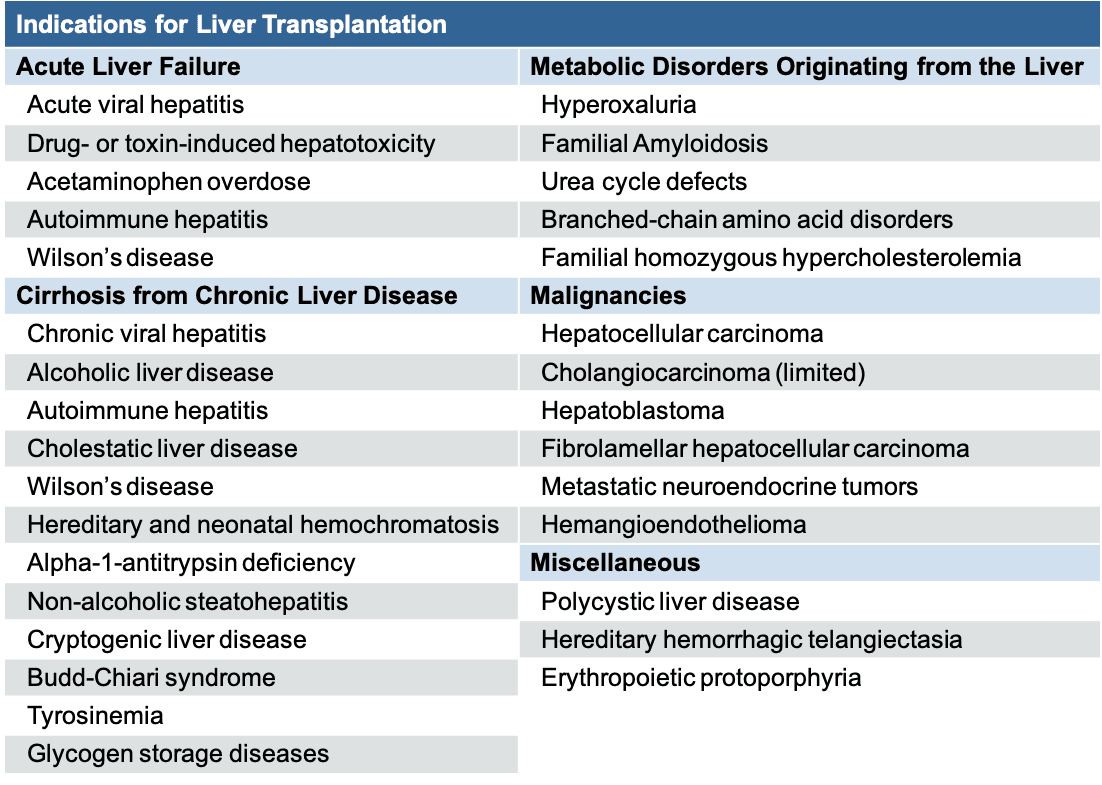
Core Concepts - Referral for Liver Transplantation - Management of Cirrhosis-Related Complications - Hepatitis C Online

Flowchart of 524 patients who underwent orthotopic liver... | Download Scientific Diagram

Patient eligibility and exclusion criteria of the Mayo Clinic protocol | Download Table
Liver Transplant Selection Criteria

Flow diagram outlining the inclusion and exclusion criteria and study... | Download Scientific Diagram

Flow diagram detailing inclusion and exclusion criteria for pediatric... | Download Scientific Diagram

Flowchart of inclusion and exclusion of liver transplantation patients... | Download Scientific Diagram
Schematic outline of inclusion and exclusion criteria utilized in this... | Download Scientific Diagram

Inclusion and exclusion criteria | Download Table

Liver transplantation for locally advanced intrahepatic cholangiocarcinoma treated with neoadjuvant therapy: a prospective case-series - The Lancet Gastroenterology & Hepatology

Milan criteria in liver transplantation for hepatocellular carcinoma: An evidence‐based analysis of 15 years of experience - Mazzaferro - 2011 - Liver Transplantation - Wiley Online Library

Study identification, inclusion, and exclusion criteria utilized in... | Download Scientific Diagram

Study Inclusion/exclusion criteria flowchart. Scientific Registry of... | Download Scientific Diagram
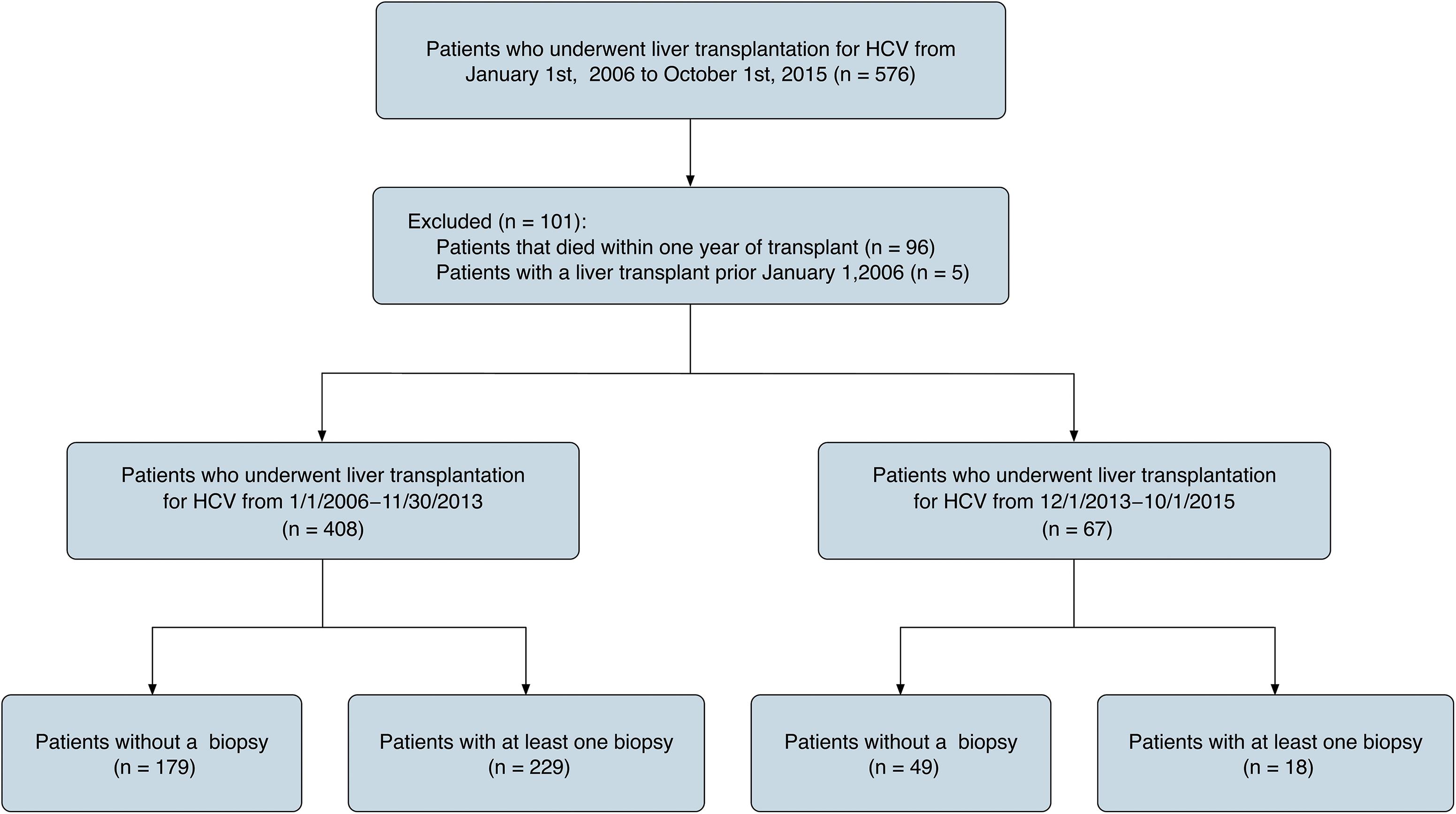
Diminishing Use of Liver Biopsy among Liver Transplant Recipients for Hepatitis C
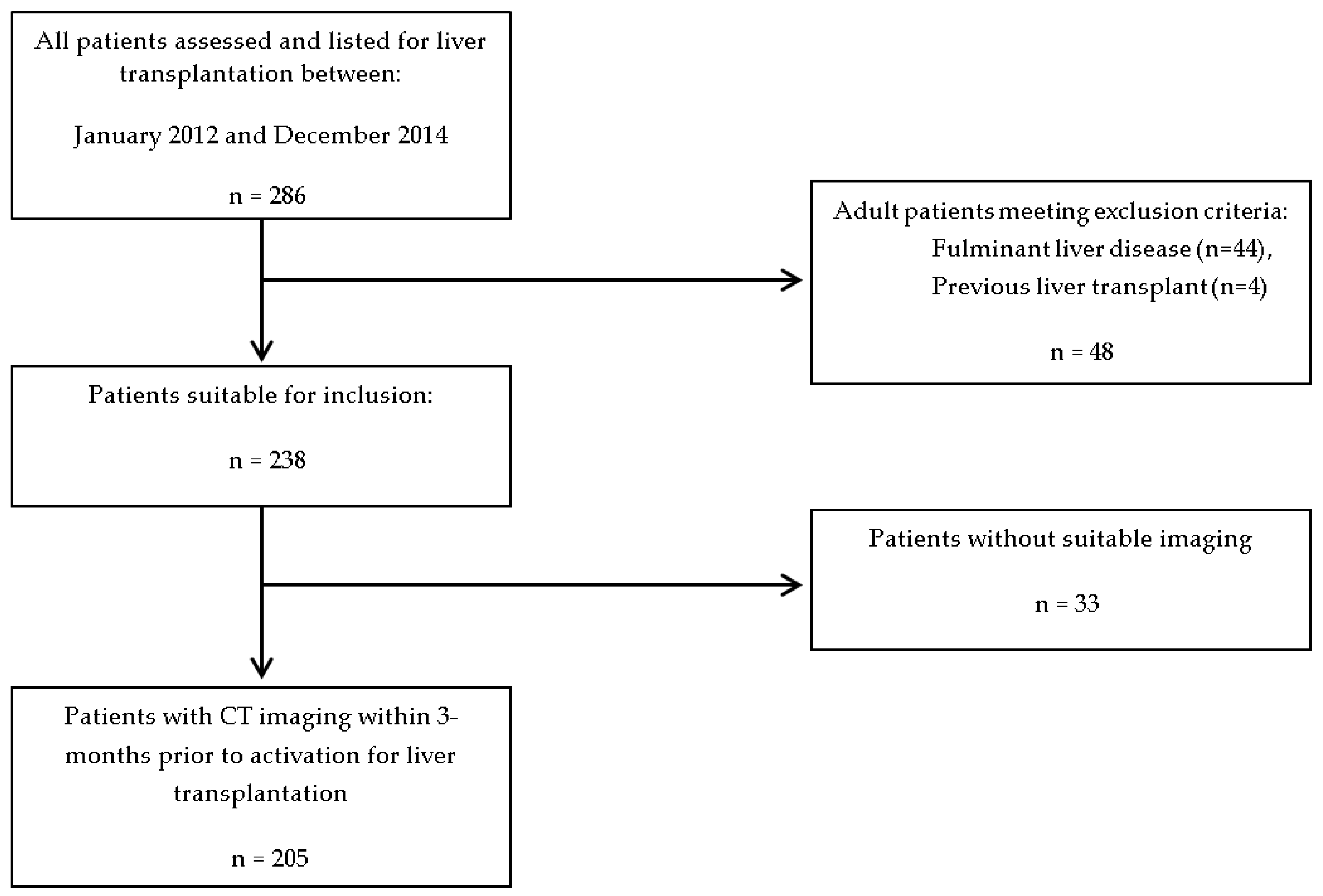
Nutrients | Free Full-Text | The Relationship of Obesity, Nutritional Status and Muscle Wasting in Patients Assessed for Liver Transplantation

Serum MicroRNA-122 Predicts Survival in Patients with Liver Cirrhosis
PLOS ONE: Clinical Risk Scoring Models for Prediction of Acute Kidney Injury after Living Donor Liver Transplantation: A Retrospective Observational Study
View Image

Liver transplantation for NASH cirrhosis is not performed at the expense of major post-operative morbidity - Digestive and Liver Disease

Validation of the prognostic power of the RETREAT score for hepatocellular carcinoma recurrence using the UNOS database - Mehta - 2018 - American Journal of Transplantation - Wiley Online Library

Living donor liver transplantation for hepatocellular carcinoma: results of prospective patient selection by Kyushu University Criteria in 7 years - HPB

Hypothermic oxygenated machine perfusion (HOPE) for orthotopic liver transplantation of human liver allografts from extended criteria donors (ECD) in donation after brain death (DBD): a prospective multicentre randomised controlled trial (HOPE ECD-DBD) |

Liver transplantation for alcoholic hepatitis - Journal of Hepatology
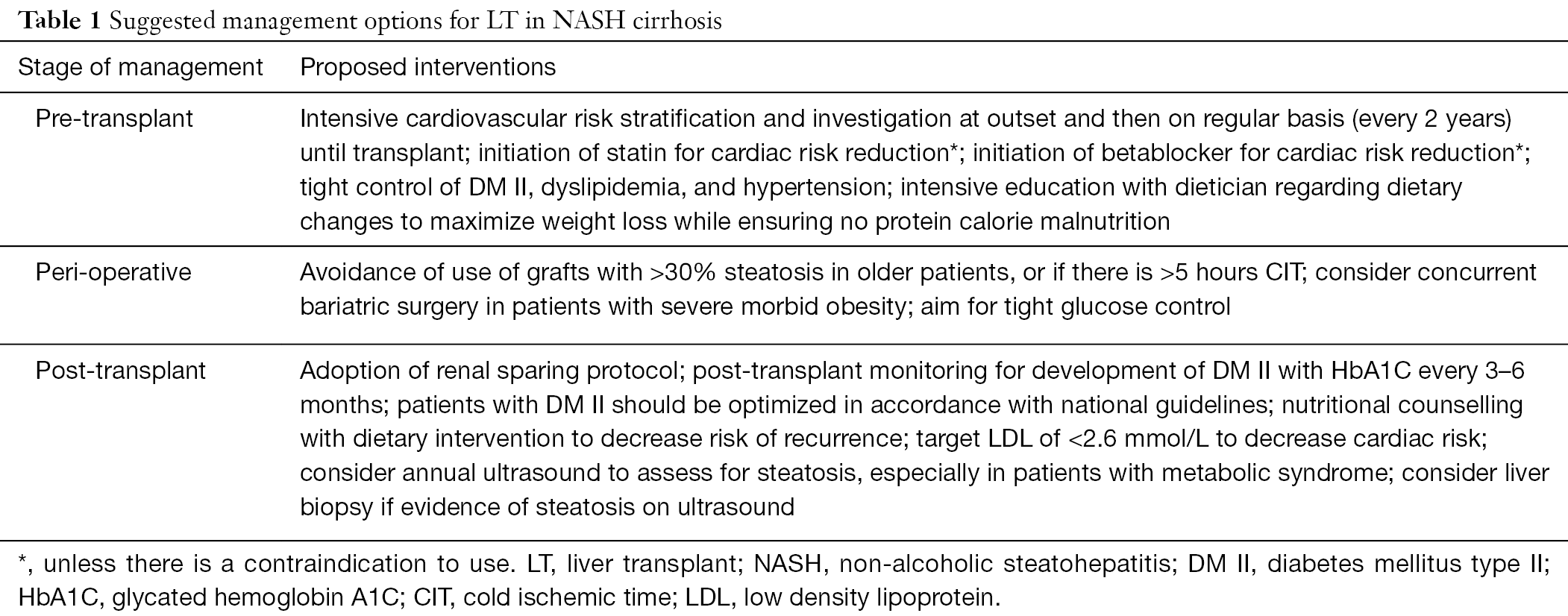
Liver transplantation for non-alcoholic fatty liver disease—a review - Jayakumar - AME Medical Journal
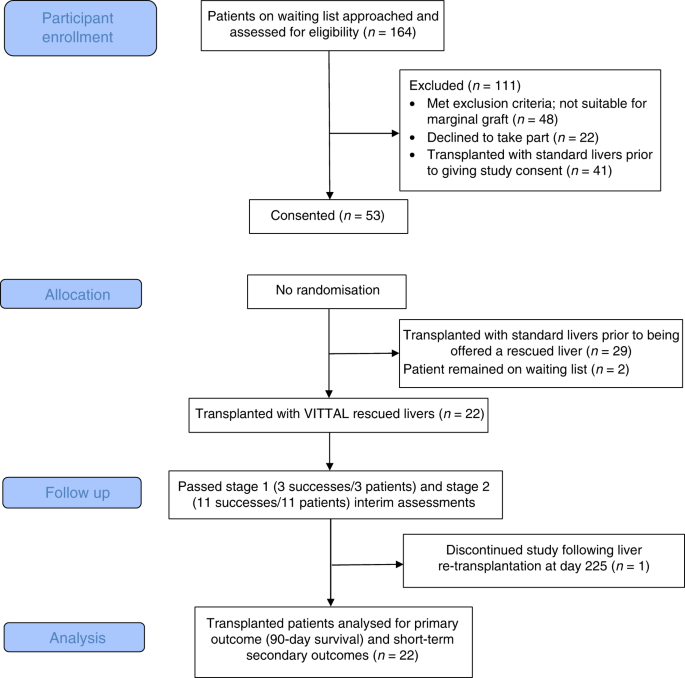
Transplantation of discarded livers following viability testing with normothermic machine perfusion | Nature Communications
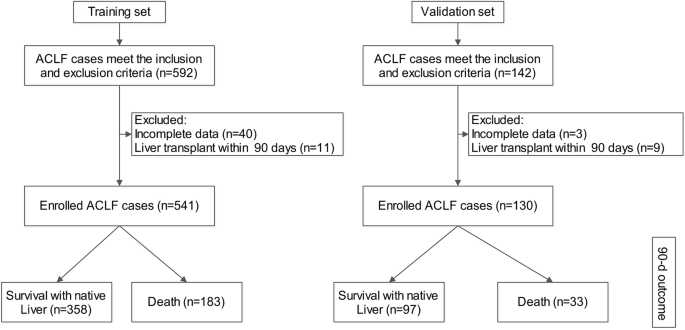
A dynamic prediction model for prognosis of acute-on-chronic liver failure based on the trend of clinical indicators | Scientific Reports

Table 2 from Cholestatic Liver Diseases After Liver Transplant. | Semantic Scholar
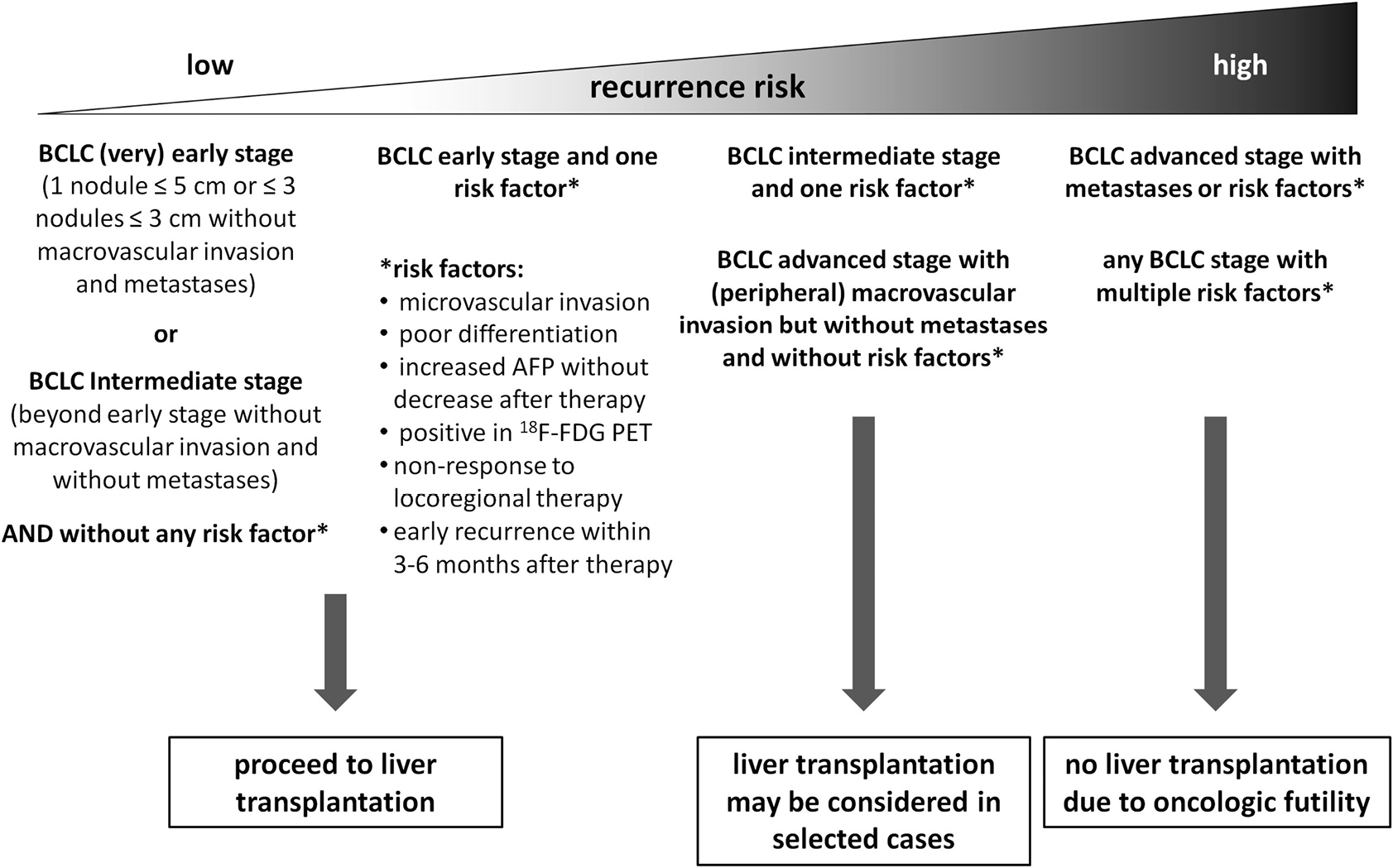
Hepatocellular carcinoma: when is liver transplantation oncologically futile? - Viveiros - Translational Gastroenterology and Hepatology

Flow chart showing the inclusion and exclusion criteria of the study.... | Download Scientific Diagram

Results of Liver Transplantation for Hepatocellular Carcinoma in a Multicenter Latin American Cohort Study | Annals of Hepatology

Study identification, inclusion, and exclusion criteria utilized in... | Download Scientific Diagram
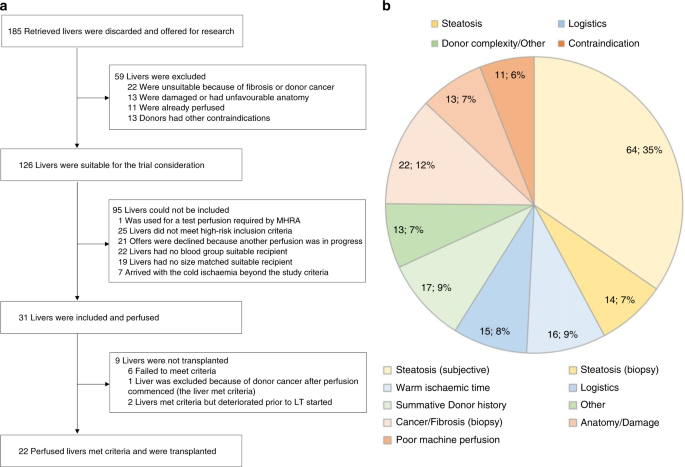
Transplantation of discarded livers following viability testing with normothermic machine perfusion | Nature Communications

Liver Transplantation for Hepatocellular Carcinoma: A Model Including α-Fetoprotein Improves the Performance of Milan Criteria - Gastroenterology

Liver transplantation in hepatocellular carcinoma after tumour downstaging (XXL): a randomised, controlled, phase 2b/3 trial - The Lancet Oncology

What Are the Optimal Liver Transplantation Criteria for Hepatocellular Carcinoma? - Mehta - 2019 - Clinical Liver Disease - Wiley Online Library

Including mRECIST in the Metroticket 2.0 criteria improves prediction of hepatocellular carcinoma-related death after liver transplant - Journal of Hepatology

Radiomics analysis enables recurrence prediction for hepatocellular carcinoma after liver transplantation - European Journal of Radiology

Increased Risk of Death in First Year After Liver Transplantation Among Patients With Nonalcoholic Steatohepatitis vs Liver Disease of Other Etiologies - Clinical Gastroenterology and Hepatology

Can immunosuppression be stopped after liver transplantation? - The Lancet Gastroenterology & Hepatology
Posting Komentar untuk "liver transplant exclusion criteria"